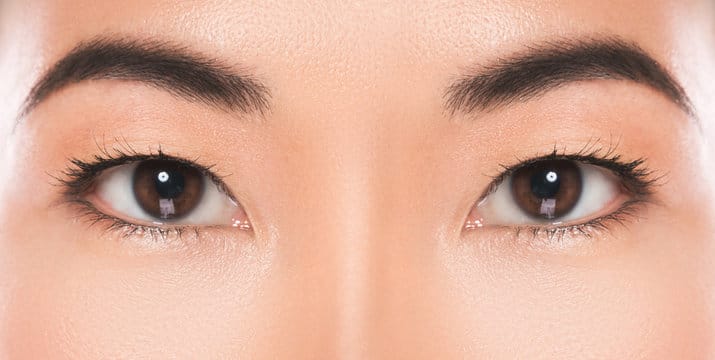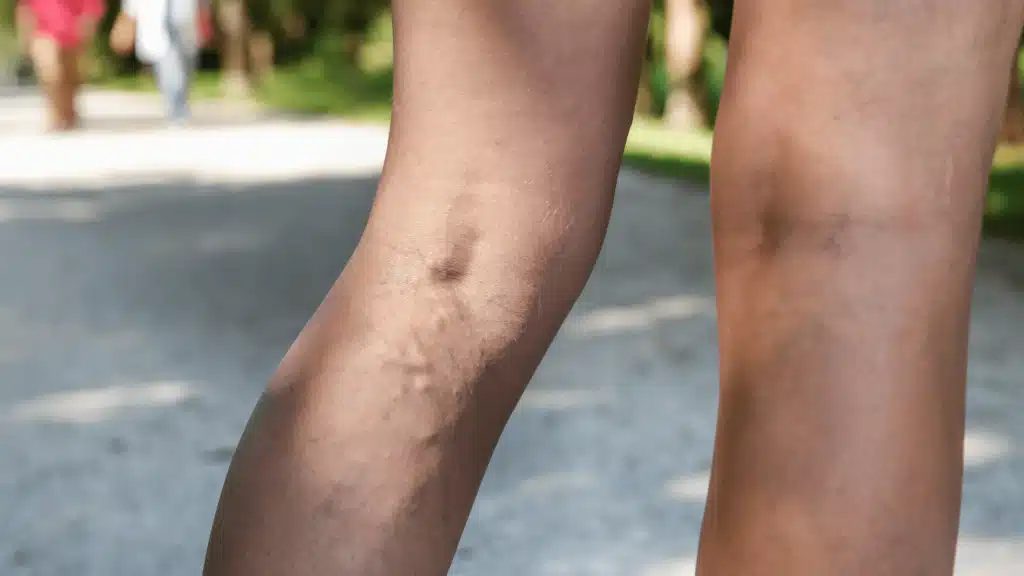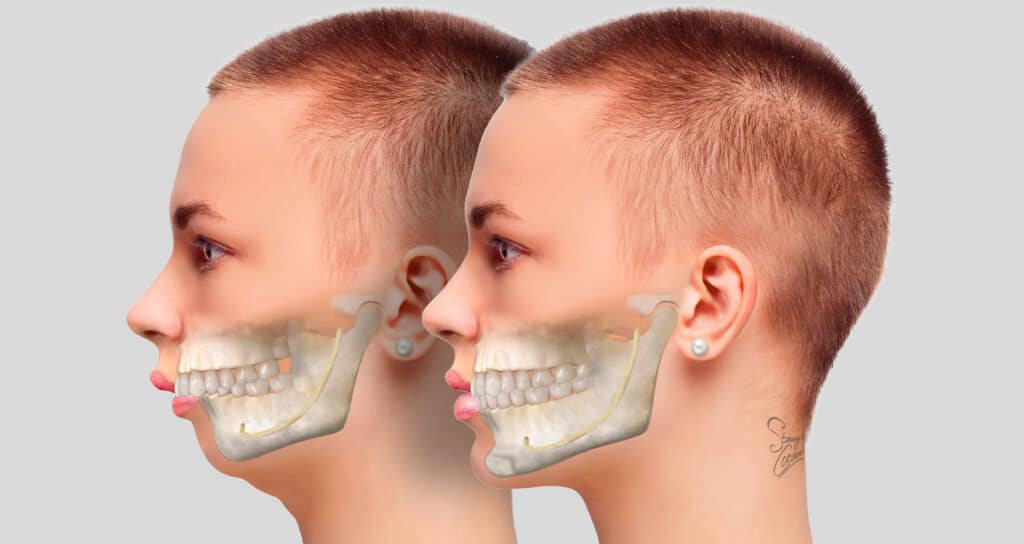What Vaginoplasty Entails
Surgical Steps
Vaginoplasty involves several surgical steps. First, the surgeon assesses the area to determine the specific needs of the patient. They then proceed to remove excess tissue and reshape the vaginal canal. This process often includes tightening the muscles to restore or enhance vaginal tone.
The operation typically lasts between one to two hours. It’s performed under general anesthesia, ensuring patients feel no pain during the procedure.
Recovery Process
The recovery from vaginoplasty is significant. Patients may experience swelling, bruising, and discomfort in the initial weeks post-operation. Doctors usually prescribe painkillers to manage this discomfort effectively.
Patients are advised to avoid physical exertion and sexual activity for about six weeks. This period allows the tissues to heal properly and reduces the risk of complications.
Pain Management
Effective pain management is crucial after vaginoplasty. Most individuals report mild to moderate pain post-surgery, which can be managed with prescribed medications. It’s important for patients to follow their surgeon’s advice closely regarding pain management and wound care.
Ice packs and sitz baths are also recommended to alleviate discomfort and promote healing. Regular follow-up appointments are essential for monitoring recovery and addressing any concerns promptly.
Pain Expectations After Surgery
Recovery Timeline
After vaginoplasty, the pain levels can vary widely among patients. Initially, discomfort is expected as the body begins to heal.
In the first week, pain management is crucial. Patients often report a combination of soreness and sharp pains around the surgical site. They rely heavily on prescribed painkillers during this period.
Healing Process
The body’s healing process plays a key role in how pain diminishes over time. By the second week, most patients notice a significant reduction in pain levels. However, some discomfort during movement or sitting might persist.
It’s important for patients to follow their surgeon’s advice closely during this time. This includes attending follow-up appointments and adhering to recommended activities limitations.
Long-Term Outlook
For many, any lingering pain subsides within six weeks post-surgery. Yet, it’s not uncommon for minor sensitivity or discomfort to last up to three months.
The long-term outlook is generally positive, with most individuals experiencing a return to normalcy and minimal residual pain. Key factors influencing this outcome include the skill of the surgeon, adherence to post-operative care instructions, and individual healing rates.
Patients should remember that everyone’s recovery journey is unique. Comparing one’s experience to others’ may not always provide an accurate expectation of personal recovery timelines or pain levels.
Initial Healing Phase: 1-2 Weeks
Pain Management
Pain relief is crucial. Patients often receive prescription medications. These help manage discomfort effectively during the first few days post-operation. Over-the-counter pain relievers also play a significant role as the healing progresses.
It’s essential to follow the doctor’s advice closely. They know how to balance pain relief with safe recovery practices.

Activity Limitations
Rest is key. The body needs time to heal, making it vital to avoid strenuous activities. Walking is encouraged, though, as it promotes blood circulation and aids in faster recovery.
Patients should expect to take short, gentle walks several times a day. However, they must avoid lifting heavy objects or engaging in sexual activity until cleared by their surgeon.
Emotional Support
Healing isn’t just physical. Emotional support from friends, family, or support groups can greatly impact one’s recovery journey. Feeling supported helps patients navigate the emotional highs and lows that might accompany their recovery.
Having someone to talk to about fears or concerns can make a big difference. It ensures that patients don’t feel alone in their experience.
Mid-Recovery Insights: 4-6 Weeks
Pain Management
Pain levels often decrease significantly during this period. Patients usually report a marked reduction in discomfort. They transition from stronger painkillers to milder, over-the-counter options.
Medication needs lessen. Many find they can manage pain with acetaminophen or ibuprofen.
Physical Activities
Light activities become possible. Walking and gentle stretching are encouraged to promote circulation and healing.
Patients should still avoid strenuous exercises. Lifting heavy objects is off-limits to prevent strain on the surgical area.
Emotional Well-being
Emotional recovery progresses alongside physical healing. Support from loved ones proves invaluable during this time.
e may experience mood swings as they adjust to their new body image. Patience and self-care are essential.
Follow-up Care
Regular check-ups with the surgeon are crucial. These appointments ensure proper healing and address any concerns.
Surgeons provide guidance on scar care to minimize appearance. They might recommend certain creams or silicone sheets for better results.
Long-Term Healing: After 6 Weeks
Pain Management
After six weeks, pain significantly decreases. Most patients report a drastic reduction in discomfort. This phase marks a pivotal turn in the healing journey.
Medications may still be necessary but less frequently. It’s crucial to follow the doctor’s advice closely during this time.
Physical Activities
Resuming more strenuous activities becomes safer. However, it’s important to ease into any form of exercise gradually.
Patients can start with light walking and slowly increase intensity. Listening to your body is key to avoid setbacks.
Emotional Well-being
This period often brings an improvement in emotional health as well. The decrease in physical discomfort contributes to a better mood and outlook.
Support from friends, family, and support groups plays a vital role here. Sharing experiences can provide comfort and reassurance.
Follow-Up Care
Regular check-ups with the surgeon are essential to monitor healing progress. These appointments help catch any potential complications early.
Patients should prepare questions or concerns for these visits. Open communication with healthcare providers ensures the best care possible.
Managing Recovery Discomfort
Pain Management
After a vaginoplasty, managing pain is crucial for a smooth recovery. Patients often receive prescriptions for painkillers from their surgeons. It’s important to follow these directions closely.
Taking medication as prescribed helps keep discomfort at bay. Patients should also stay in regular contact with their healthcare provider. They can adjust the pain management plan if needed.
Activity Limitation
Limiting physical activity is essential during the first few weeks post-surgery. This helps reduce swelling and prevents complications.
Patients are advised to avoid heavy lifting and strenuous exercise. Light walks are beneficial for circulation and can aid in healing. Following these guidelines ensures a safer recovery process.
Follow-Up Care
Regular follow-up appointments are key to monitoring recovery progress. During these visits, the surgeon checks for any signs of infection or complications.
They also provide guidance on wound care and hygiene practices. Keeping these appointments helps catch potential issues early, promoting a smoother recovery journey.
Understanding Risks and Complications
Surgical Risks
Surgical procedures come with inherent risks. Vaginoplasty, while generally safe, is no exception. Patients might experience bleeding or infection post-operation. These complications can extend recovery time and increase discomfort.
Healthcare teams work diligently to minimize these risks. They ensure sterile environments and provide detailed aftercare instructions. Following these guidelines closely helps reduce potential complications.
Anesthesia Concerns
Anesthesia is crucial for patient comfort during vaginoplasty. However, it carries its own set of risks such as allergic reactions or respiratory issues.
Patients discuss their medical history with anesthesiologists beforehand. This step is vital to identify any potential problems early on.
Long-Term Complications
e patients may face long-term complications after a vaginoplasty. These include scarring, changes in sensation, or dissatisfaction with the cosmetic outcome.
It’s important for patients to have realistic expectations and understand that results vary from person to person. Open communication with surgeons before undergoing the procedure can help manage expectations.
Tips for a Smoother Healing Process
Pain Management
Effective pain control is crucial. After surgery, doctors usually prescribe pain medication. It’s important to follow the dosage instructions carefully.
Taking the medication on time prevents pain from becoming unbearable. This helps in keeping discomfort at a minimum.
Rest and Recovery
Rest is key for healing. The first few weeks post-surgery are critical.
Patients should avoid strenuous activities. Light walks are beneficial for circulation but avoid heavy lifting or vigorous exercise until cleared by a doctor.
Hygiene Care
Keeping the surgical area clean is essential. Follow your surgeon’s advice on cleaning routines.
Avoid baths or swimming pools to prevent infection. Showers are usually safe, but it’s important to be gentle around the healing tissues.
Diet and Nutrition
Eating a healthy diet aids recovery. Foods rich in vitamins and proteins support tissue repair.
Staying hydrated is also vital. Water helps flush out toxins and supports overall health during recovery.
Follow-Up Visits
Attend all scheduled appointments with your healthcare provider. These visits allow doctors to monitor healing and address any concerns early.
It ensures complications, if any, are caught promptly, reducing risks of long-term issues.
Final Remarks
Vaginoplasty, though daunting in thought, is manageable with the right expectations and preparations. Your journey through understanding what the surgery entails, anticipating pain levels, and navigating through various healing phases has equipped you with knowledge to face this head-on. Managing discomfort, being aware of potential risks, and following recovery tips are crucial steps towards a smoother healing process. It’s about taking control of your health and well-being, ensuring you’re informed and ready for the road ahead.
Remember, every step towards recovery is a step towards reclaiming your confidence and comfort in your body. If vaginoplasty is a path you’re considering or preparing for, lean on these insights as your guide. Don’t hesitate to reach out to healthcare professionals for personalized advice. Your journey is unique; make it yours with confidence and informed choices.
Frequently Asked Questions
Is vaginoplasty painful?
Vaginoplasty involves discomfort, especially in the initial weeks post-surgery. Pain levels vary but are manageable with prescribed medication.
How long does pain last after vaginoplasty?
Pain is most significant in the first 1-2 weeks, gradually decreasing over 4-6 weeks. Full recovery may take several months, with discomfort lessening over time.
What can I expect during the initial healing phase of vaginoplasty?
Expect moderate to severe discomfort, swelling, and bruising. Rest and follow your surgeon’s care instructions closely for smoother recovery.
Are there ways to manage recovery discomfort effectively?
Yes, following your surgeon’s advice on pain management, using prescribed medications, and applying cold packs can significantly ease discomfort.
What are some risks and complications associated with vaginoplasty?
Risks include infection, bleeding, scarring, and issues with sexual function. However, these are relatively rare when performed by a qualified surgeon.
Can you provide tips for a smoother healing process after vaginoplasty?
Ensure rest, maintain hygiene in the surgical area, stay hydrated, eat healthily, and avoid strenuous activities until fully healed.
How long is the mid-recovery phase after vaginoplasty?
The mid-recovery phase spans 4-6 weeks post-surgery. Symptoms like swelling start to decrease significantly during this period.











